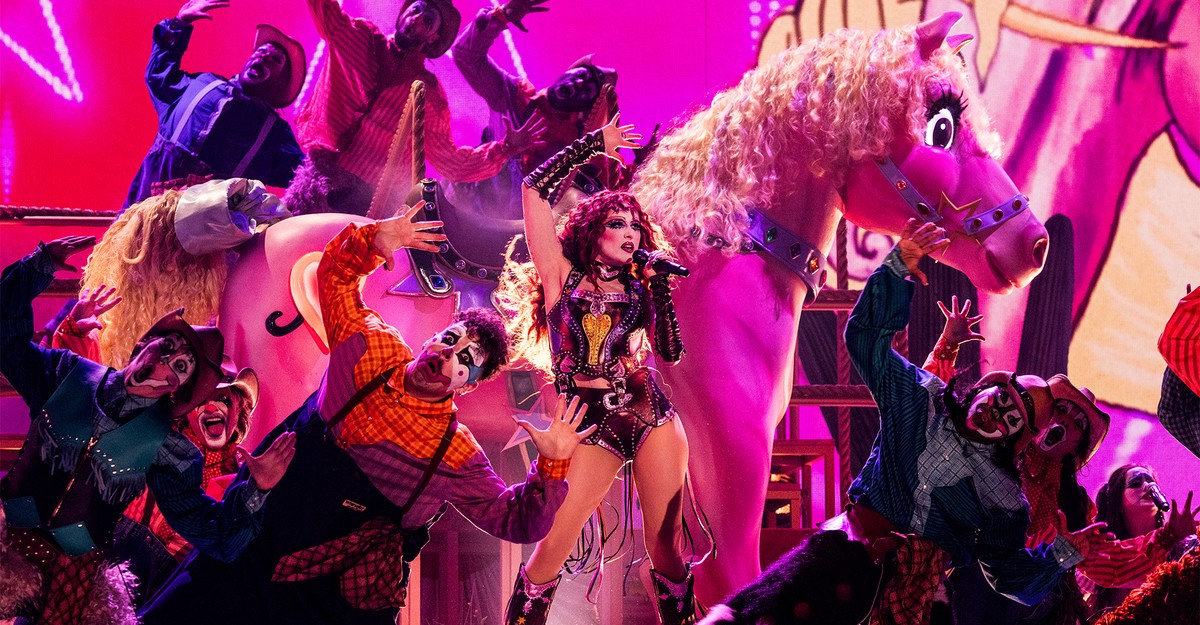The Rise of a New Musical Era: Innovators Shaping Sound
A dynamic wave of young artists is redefining the music landscape, blending genres and pushing creative boundaries. The rise of a new musical era is upon us, characterized by innovation, collaboration, and a fearless approach to sound. Today, we’ll delve into the talents leading this transformative movement and their impact on the future of music.
The Changing Landscape of Music
The music industry has always been in a state of flux, but the recent shifts have been particularly profound. Thanks to technology, access to music creation and distribution has never been easier. Young artists are not just consumers of music; they are creators, often taking the reins of their careers from a young age. Platforms like SoundCloud, Spotify, and Bandcamp have democratized music distribution, allowing anyone with talent and ambition to share their sound with the world.
Moreover, the rise of social media platforms like TikTok and Instagram has given these artists the tools to reach audiences directly. This paradigm shift has led to a new wave of musicians who can build substantial followings without the backing of traditional record labels.
Breaking Genre Barriers
One of the most exciting aspects of this new musical era is the blending of genres. Artists are no longer confined to the traditional categories of pop, rock, hip-hop, or electronic. Instead, they are experimenting with sounds from various backgrounds, creating unique blends that resonate with diverse audiences.
- Billie Eilish: With her haunting melodies and genre-defying sound, Eilish has redefined pop music. Her ability to meld elements of electronic, indie, and R&B has captivated millions.
- Bad Bunny: This Puerto Rican artist has taken reggaeton and Latin trap to new heights, incorporating influences from rock, pop, and even jazz, appealing to both Spanish-speaking and global audiences.
- Olivia Rodrigo: Blending pop-punk with relatable storytelling, Rodrigo has become a voice for a generation, drawing inspiration from various musical influences while crafting her distinctive sound.
These artists exemplify how the rise of a new musical era is marked by a willingness to experiment and redefine what it means to be a musician today.
Collaboration as a Catalyst for Creativity
Collaboration has also emerged as a cornerstone of this new wave in music. Artists from different genres and backgrounds are coming together to create innovative sounds that push the limits of creativity. This collaborative spirit is evident in various projects across the music spectrum:
- Post Malone and Ozzy Osbourne: Their collaboration on “Take What You Want” showcased a unique fusion of rock and hip-hop, bridging generational gaps and musical styles.
- Billie Eilish and Rosalia: The pair’s partnership on “Lo Vas A Olvidar” highlighted the beauty of blending cultures and genres, resulting in an ethereal piece that transcends language barriers.
- Travis Scott and Kid Cudi: Their joint album “Kids See Ghosts” is a testament to the power of collaboration, incorporating elements of hip-hop, rock, and psychedelic music.
These collaborations highlight how the rise of a new musical era is fostering community and creativity, allowing artists to explore new territories together.
Technology’s Role in Musical Innovation
Technology plays a crucial role in shaping the sound of this new musical era. From advanced music production software to virtual reality concerts, artists are leveraging technology to enhance their creative processes and engage with audiences like never before.
For instance, digital audio workstations (DAWs) such as Logic Pro and Ableton Live have empowered musicians to produce high-quality music from their homes. This shift has led to an explosion of DIY music production, making it easier for aspiring artists to express themselves.
Furthermore, virtual reality and augmented reality are beginning to influence live performances. Artists like Travis Scott have made headlines with immersive virtual concerts on platforms like Fortnite, showcasing how technology can enhance the audience experience.
The Impact on Future Generations
The implications of this new musical era extend beyond the current landscape; they will shape the future of music for generations to come. As young artists continue to break down barriers and redefine genres, they inspire the next wave of musicians to embrace their unique voices and perspectives.
- Encouraging Diversity: The rise of diverse artists leads to a more inclusive music industry, where different cultures and experiences are celebrated.
- Fostering Creativity: Young musicians are encouraged to experiment with their sounds, creating a rich tapestry of music that reflects the complexity of modern life.
- Challenging Norms: As artists push boundaries, they challenge traditional notions of success in the music industry, paving the way for new models of creating and sharing art.
Ultimately, the rise of a new musical era is not just about the artists themselves; it’s about the community that surrounds them. Fans are more engaged than ever, often participating in the creative process through social media interactions, fan art, and even collaborative projects.
Conclusion
The rise of a new musical era has ushered in a time of unprecedented creativity and innovation. Young artists are redefining the music landscape, blending genres and pushing creative boundaries like never before. Through collaboration, the use of technology, and a commitment to diversity, they are shaping the future of music in exciting ways.
As we continue to witness this transformation, one thing is clear: the innovators of today are laying the groundwork for the musical pioneers of tomorrow. Whether you’re a casual listener or a dedicated fan, it’s an exhilarating time to be part of the music world. Keep your ears open; the future sounds bright, and the possibilities are endless.
See more CNET Live

